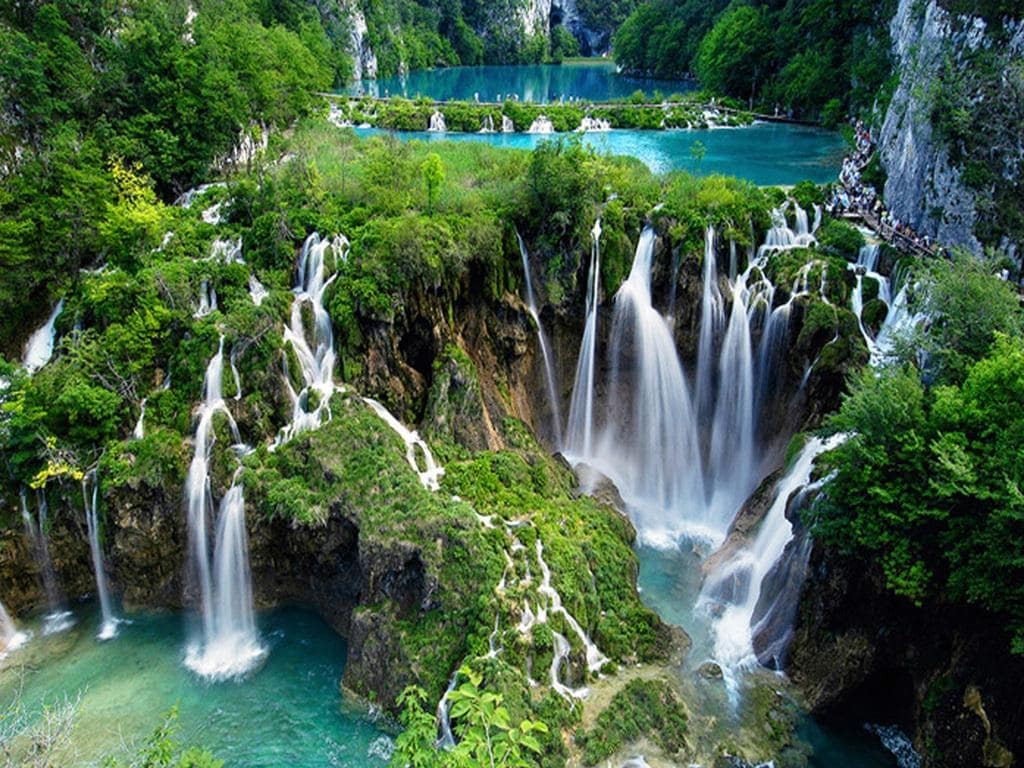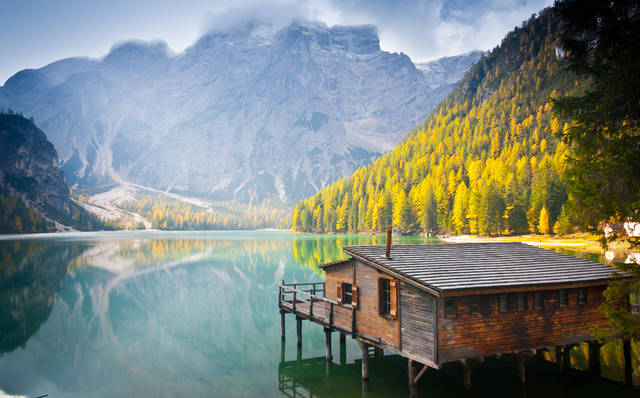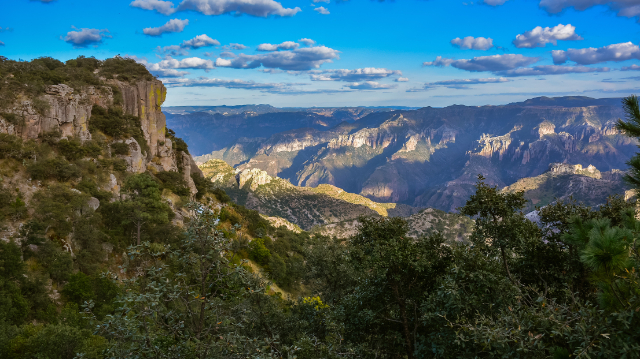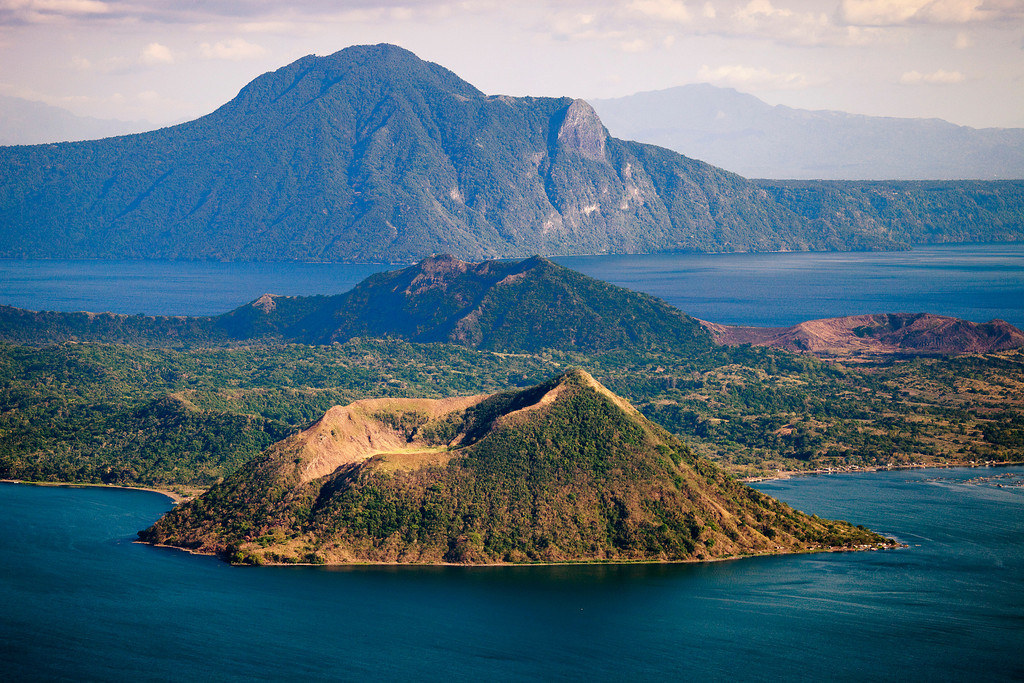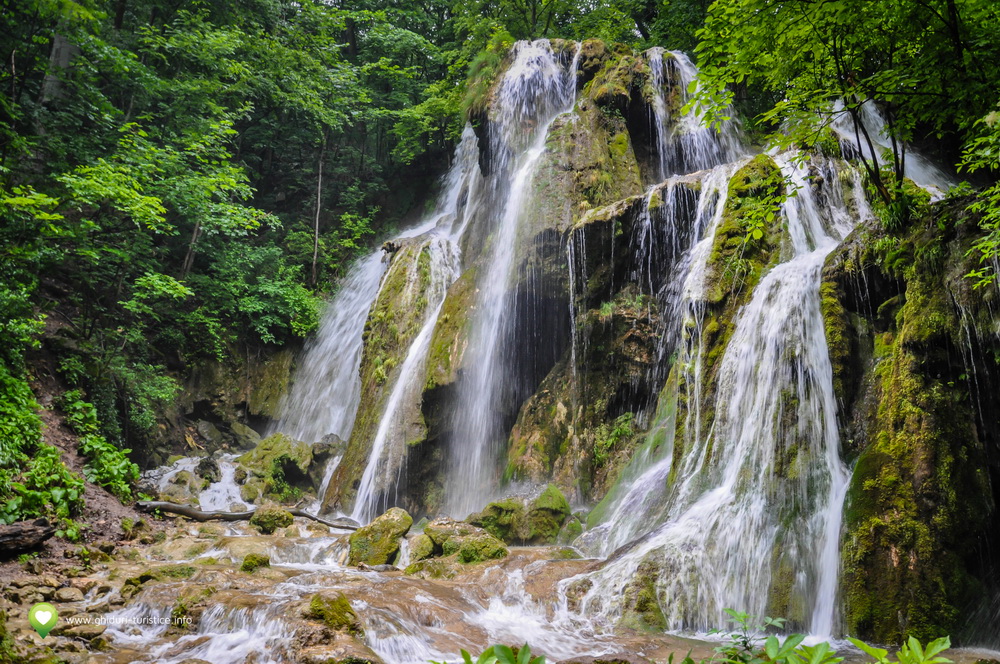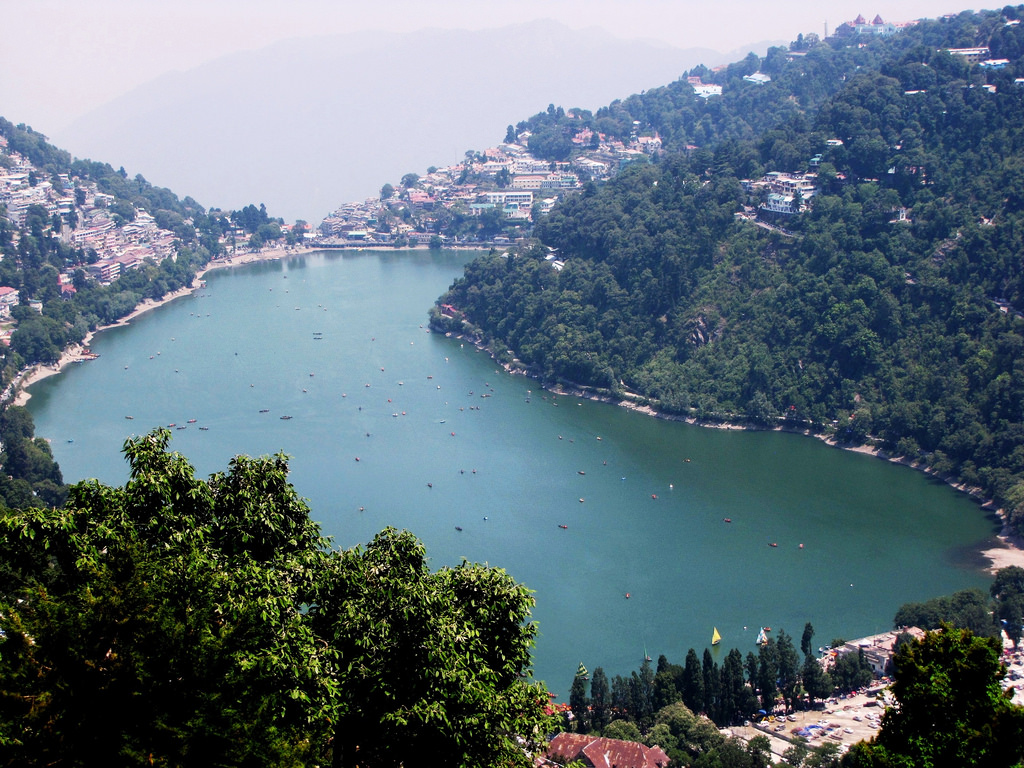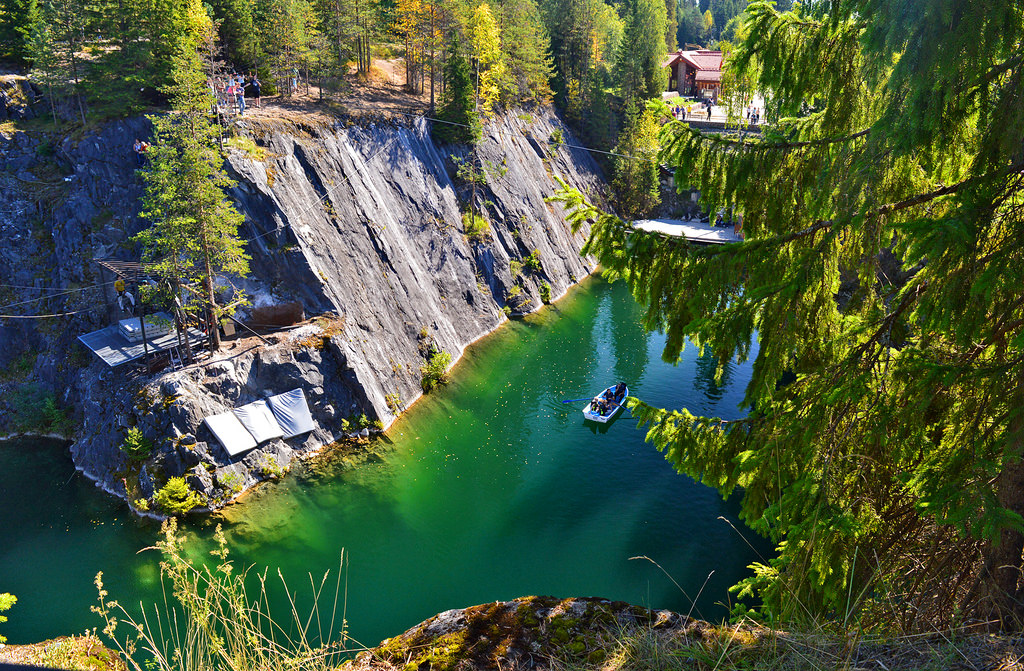Plitvice Lakes National Park is one of Croatia’s most famous natural attractions and a UNESCO World Heritage Site, celebrated for its breathtaking scenery, pristine natural beauty, and the unique system of lakes interconnected by cascading waterfalls. Located in central Croatia, this park covers approximately 296 square kilometers and is an example of natural beauty at its most vibrant and dynamic.
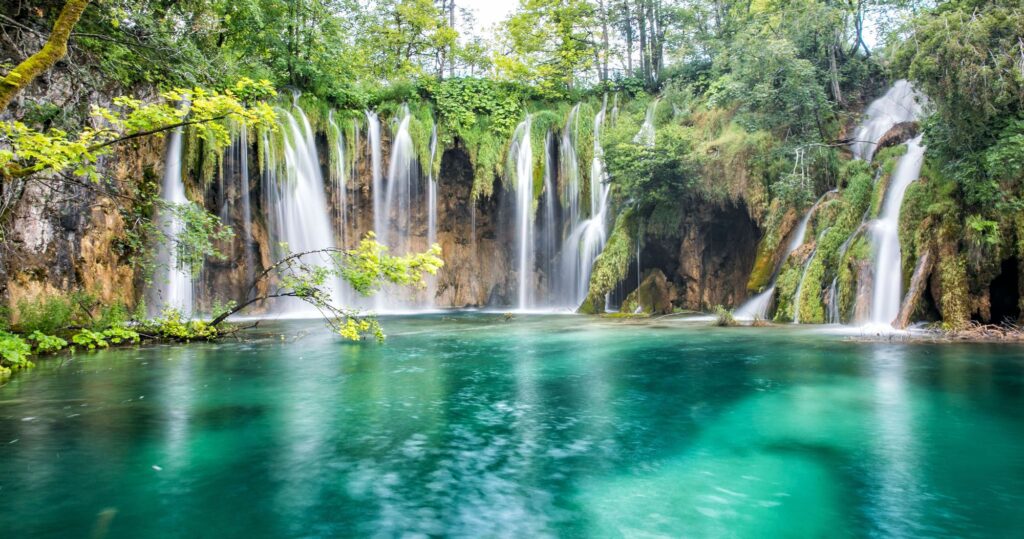
The park features a total of sixteen lakes, arranged in cascades and divided into the Upper and Lower Lakes. These lakes are renowned for their distinctive colors, ranging from azure to green, grey, or blue. The colors change constantly depending on the quantity of minerals or organisms in the water and the angle of sunlight. The lakes are fed by both small rivers and subterranean karst rivers and are all interconnected by a series of waterfalls that create a stunning visual spectacle.
One of the most remarkable aspects of Plitvice Lakes is the formation of travertine barriers, which create the waterfalls and have formed natural dams, resulting in the series of beautiful lakes, caves, and waterfalls. This process is a dynamic interplay between water, air, and plants.
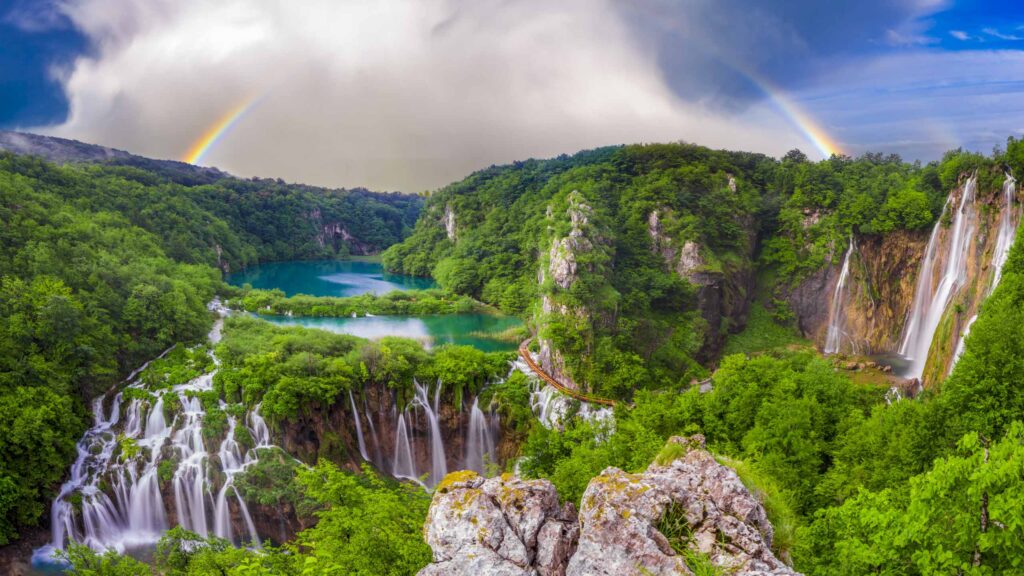
The park’s geology is primarily karst limestone and dolomite, with the water from the lakes seeping through the limestone, creating caves and fissures below the surface.
The park is also rich in biodiversity, hosting many species of trees, plants, and animals. It is a haven for wildlife enthusiasts, offering a habitat to deer, bears, wolves, boars, and numerous bird species, making it an excellent place for bird watching and wildlife photography.
Visitors to Plitvice Lakes can explore the park via a network of wooden walkways and hiking trails that wind around the edges and across the waterways of the lakes. There are also boat rides available on the larger lakes which provide a different perspective on the stunning landscape.
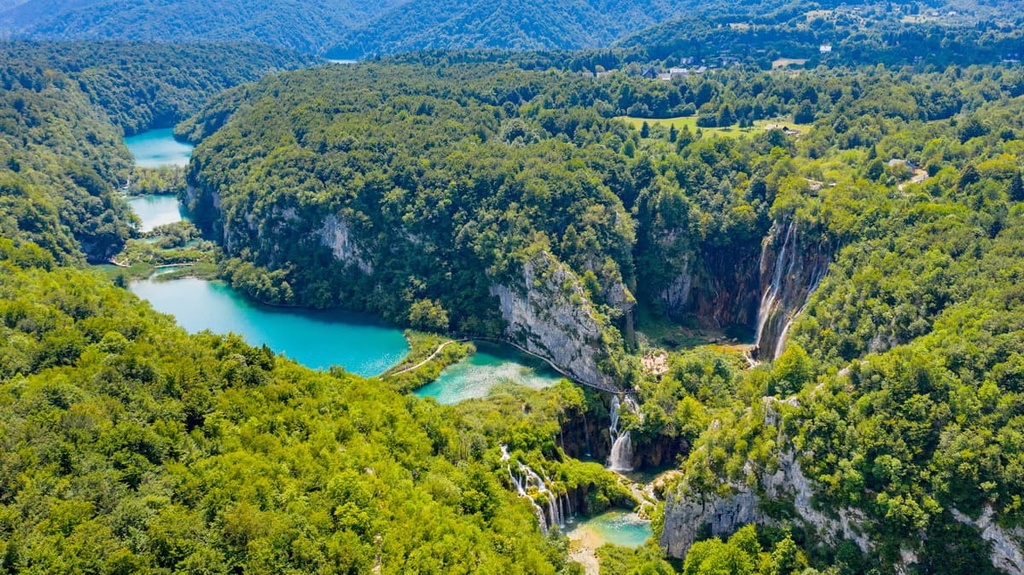
The best times to visit the park are late spring and early autumn when the weather is pleasant, and the park is less crowded than during peak summer months. Visiting during different seasons offers unique experiences, from the lush greenery of spring to the rich colors of autumn, and even the serene, frozen landscapes of winter.
For those planning a visit to Plitvice Lakes, it is advisable to allow at least a full day to explore the park thoroughly. Early morning or late afternoon are the best times to experience the park’s tranquility and natural beauty without the crowds.
For more detailed information on planning your visit to Plitvice Lakes, including tips on accommodations, transport, and other attractions nearby, resources like Secret World offer comprehensive travel guides. Additionally, for a deeper exploration of Croatia’s natural and cultural landmarks, this comprehensive guide can provide insights and practical advice to enhance your travel experience.

